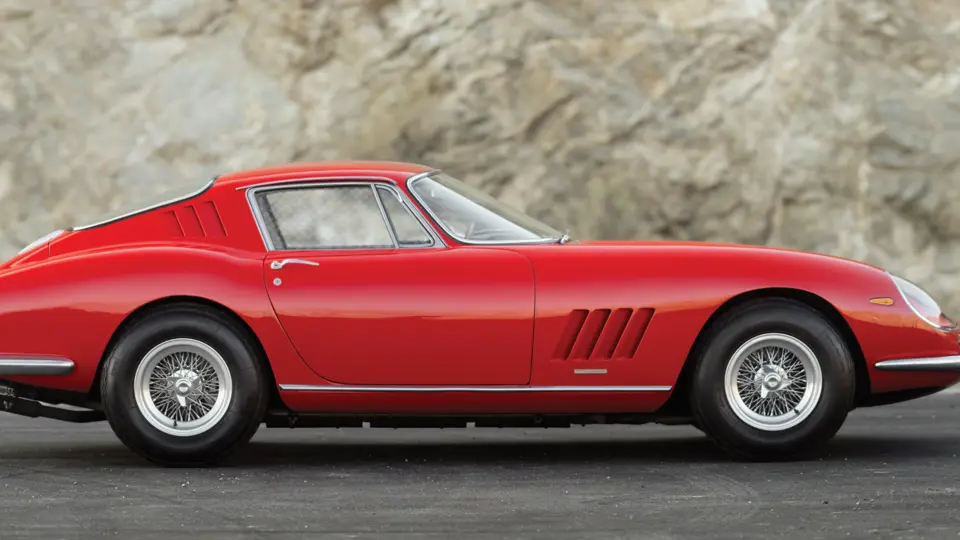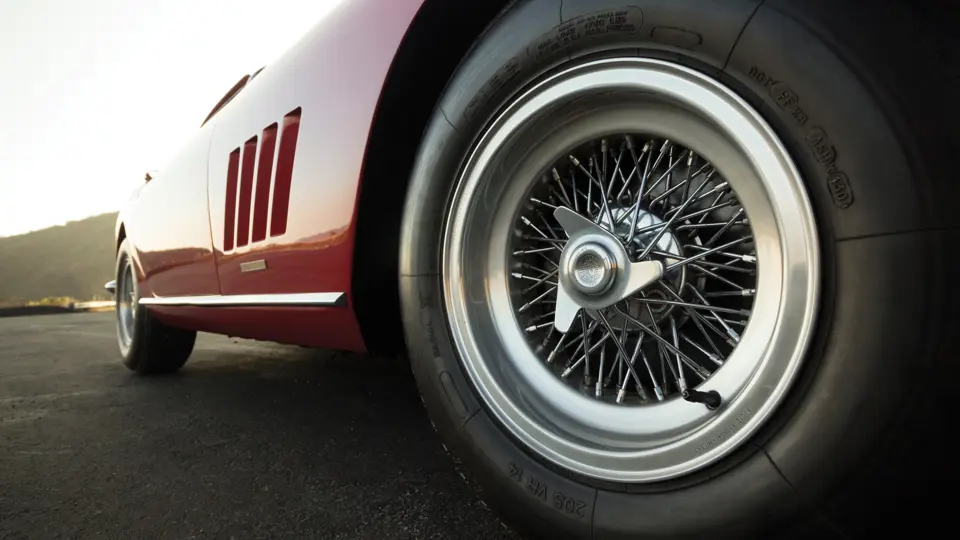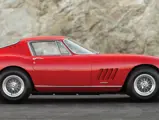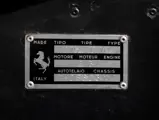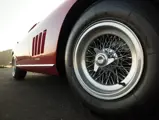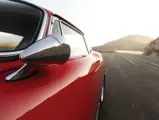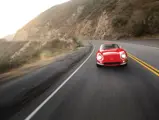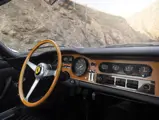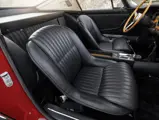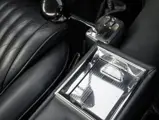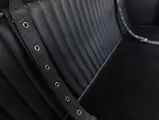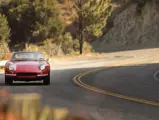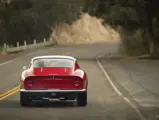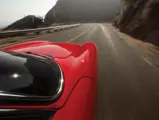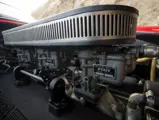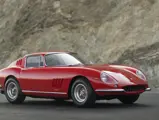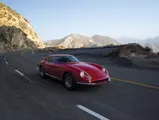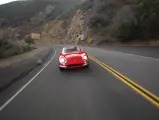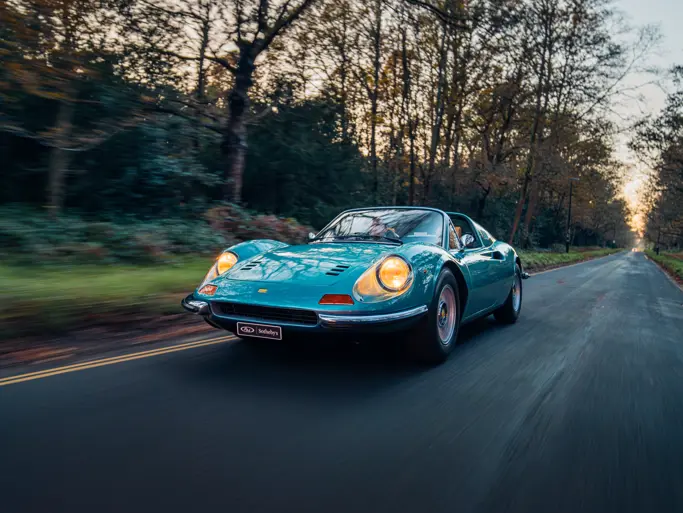
1966 Ferrari 275 GTB by Scaglietti
{{lr.item.text}}
$2,750,000 USD | Sold
{{bidding.lot.reserveStatusFormatted}}
- One of approximately 58 long-nose, torque-tube, triple-carburetor, steel-bodied examples
- Finished in its correct Rosso Rubino over Nero
- Offered from long-term ownership
- Incredibly well maintained restoration
280 hp, 3,286 cc V-12 engine with triple Weber dual-choke carburetors, five-speed manual transaxle, four-wheel independent suspension with upper and lower wishbones, coil springs, and tubular shocks, and four-wheel disc brakes. Wheelbase: 94.5 in.
FERRARI’S 275 GTB
The 275 GTB was considered the last of the classic Ferraris, as it brought welcome updates to the brilliant but aging 250 series, yet it also managed to retain wonderful character and sense of occasion. The GTB was unveiled at the 1964 Paris Auto Show, alongside the drop-top 275 GTS, and it was clearly a worthy successor to the 250 series of cars that it replaced. It was designed and developed under the watchful eye of Enzo Ferrari himself. It featured gorgeous bodywork, which was arguably more attractive than the stunning 250 GT/L Lusso that it replaced, and incorporated a number of mechanical improvements that led to increased performance, making for Ferrari’s best grand tourer yet.
The car was fitted with a 3.3-liter version of Ferrari’s Colombo V-12, and to give it a lower center of gravity, the engine’s overall height was reduced. Additionally, this was the first Ferrari to be fitted with four-wheel independent suspension and a rear-mounted five-speed transaxle gearbox, which helped to improve its handling. It goes without saying that the 275 GTB’s performance figures were astonishing. A sprint from 0 to 60 mph would take just over six seconds, and the car would go on to achieve a top speed of 160 mph, leaving it capable of dispatching most modern cars on the freeway today. The design of the 275 GTB, which was penned by Pininfarina and handcrafted by Scaglietti, is truly timeless and just as striking as the car’s performance.
As is the case with many cars from Maranello, Ferrari adapted the 275 GTB over the course of its production run, and it received a handful of changes throughout its lifespan. The two most important changes were the introduction of the “long-nose” body style and the installation of a torque tube. The nose was lengthened on later cars in an effort to eliminate the undesirable high-speed lift characteristics of the earlier short-nose models. Additionally, a torque tube was added in early 1966 to improve the stability and durability of the drivetrain. By the time the 275 GTB/4 was introduced, all 275 GTBs were leaving the factory in long-nose configuration with torque tubes, making them the most desirable of the model series.
CHASSIS NUMBER 08603
The car offered here, bearing chassis number 08603, is a wonderful example of a late-production 275 GTB. It was fitted with a long-nose, torque tube, and triple Weber carburetors, and it was originally finished in Rosso Rubino (106-R-12) over a Nero (VM 8500) interior that had full leather seats. According to noted Ferrari historian Marcel Massini, chassis number 08603 was originally destined for the United States and was acquired by its first private owner, a Mr. Cochran of Los Angeles, California, after passing through Luigi Chinetti’s East Coast distributorship.
By 1974, the car was in the ownership of Don Blenderman, of Enid, Oklahoma, who was an individual that was familiar with Ferraris, as he was also the owner of a 250 LM. Following his ownership, the car travelled back to the Golden State after being acquired by Michael McCafferty, of San Diego. Following McCafferty’s ownership, the car moved back east, to Houston, Texas, where it was owned by Charles H. Reid. At this time, the car was noted as being finished in Giallo Fly and fitted with Borrani wire wheels, and in the late 1970s, it received an engine, transaxle, and clutch rebuild by Bobileff Motorcars, of San Diego.
After leaving the state of Texas in the mid-1980s, chassis 08603 was advertised for sale in the April 1991 issue of Ferrari Market Letter by Dr. Robert Bordin, of Minneapolis, Missouri. At that time, it was still wearing its fly yellow paint, black leather interior, and Borrani wire wheels. It was then purchased by Rodolfo Junca de la Vega II, of California, in 1992. While in Junca de la Vega’s ownership, chassis 08603 was showed at the second annual Vintage Ferrari Concours in Carmel Valley, California, where it placed Third in Class. It was shown once more by Junca de la Vega, at the Ferrari Club of America International Concours d’Elegance in Monterey, California, in August 1994, where it earned an impressive First in Class award. By that time, the car had been refinished in its current and correct red over black color combination, and later that year, it left the United States for the first time since it arrived at Chinetti’s distributorship almost 30 years earlier.
This matching-numbers 275 GTB, which has only just recently returned stateside, sports the same red over black color scheme and Borrani wire wheels that it did when it left the United States, and this is a livery that will never go out of style. Its older restoration has been very nicely preserved, and the car still shows beautifully. The paintwork shines bright, the engine bay is beautifully detailed, and the interior shows nary a flaw. It is important to note that the car is also accompanied by its correct books and tools.
The long-nose, torque-tube examples are considered the ultimate derivative of the 275 GTB, and they are said to be excellent drivers, ones that are ideal for either long jaunts across continental Europe or high-speed runs through California canyon roads. The long-nose 275 GTB, wearing what is undoubtedly one of the most stunning designs ever penned by Pininfarina and crafted by Scaglietti, is an icon of Italian design and craftsmanship, and it features a timeless shape that looks just as incredible stationary as it does at speed. Chassis number 08603 has been lovingly preserved for the last two decades and is in wonderful condition. It would be an excellent acquisition for any Ferrari collection.

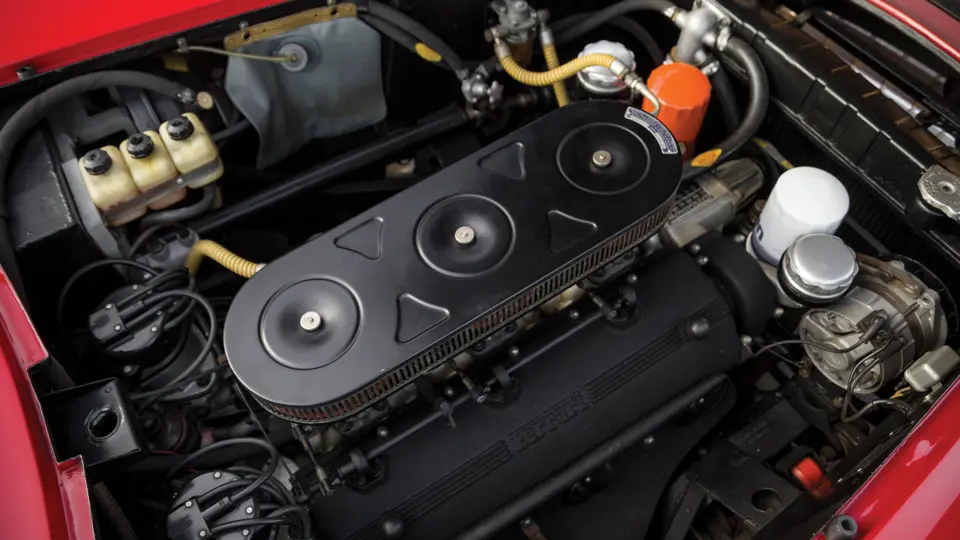
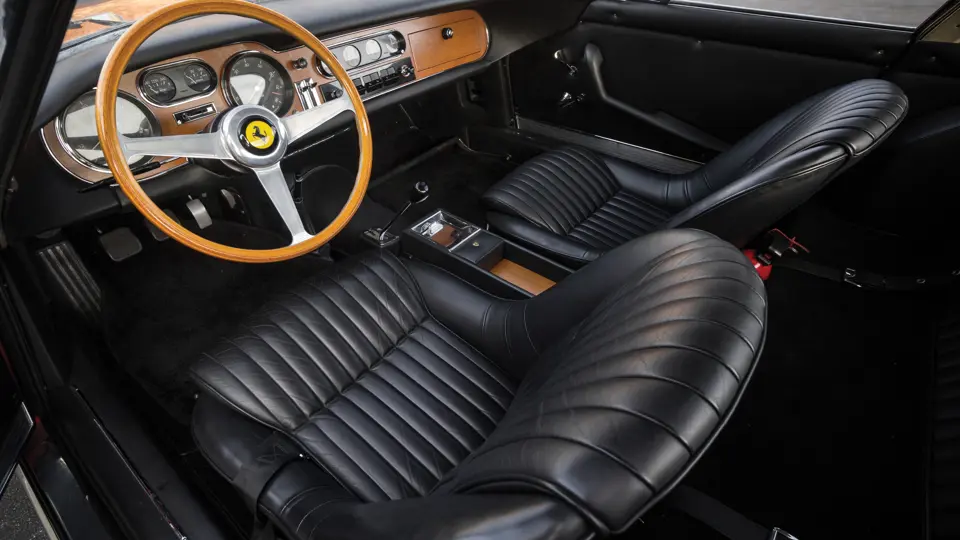

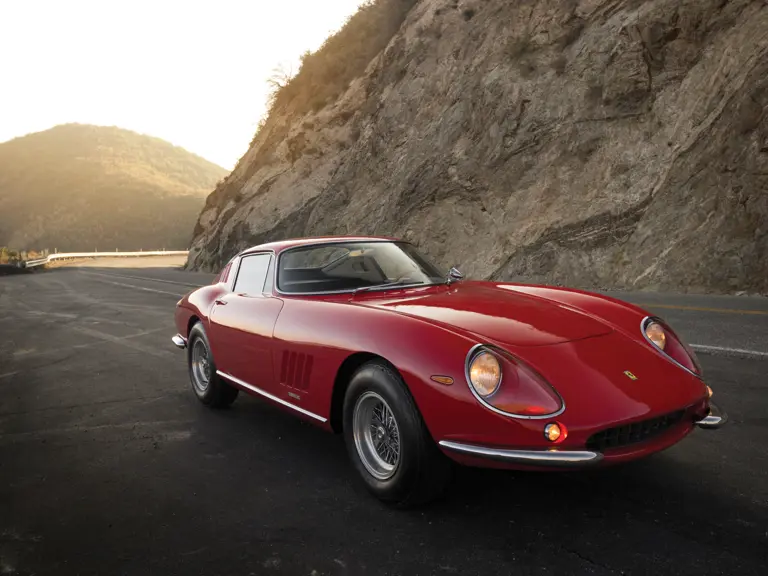
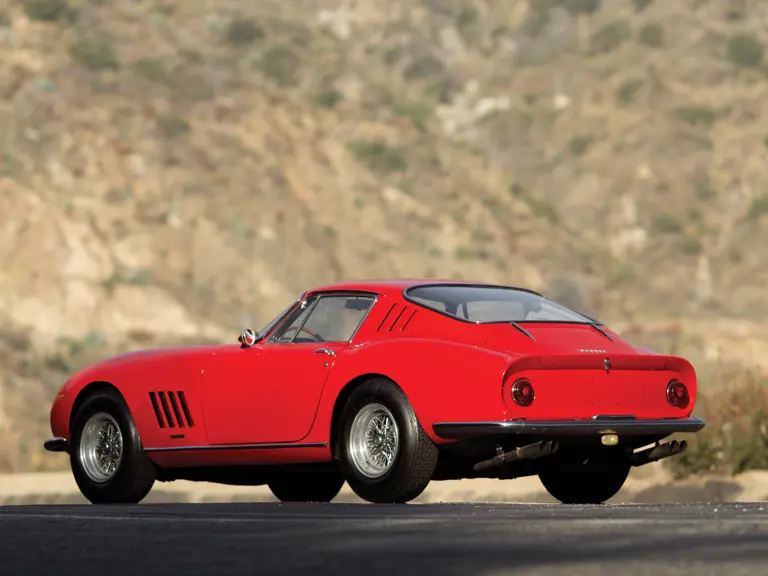

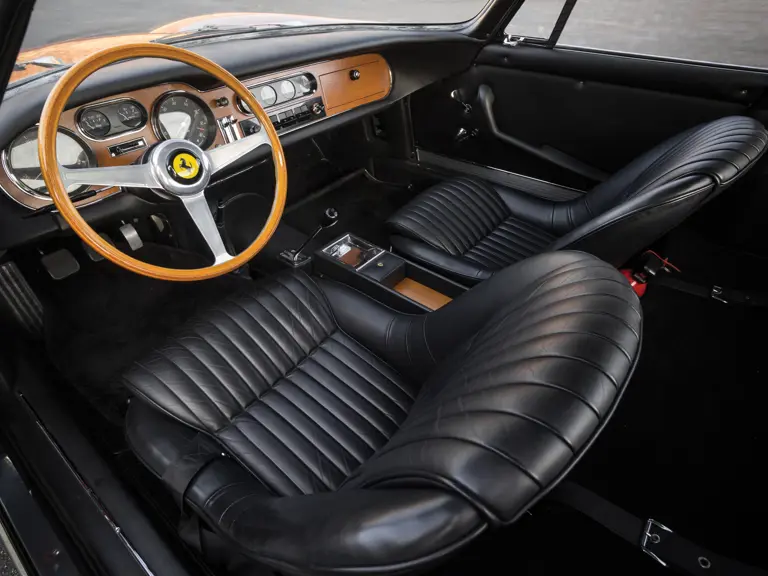
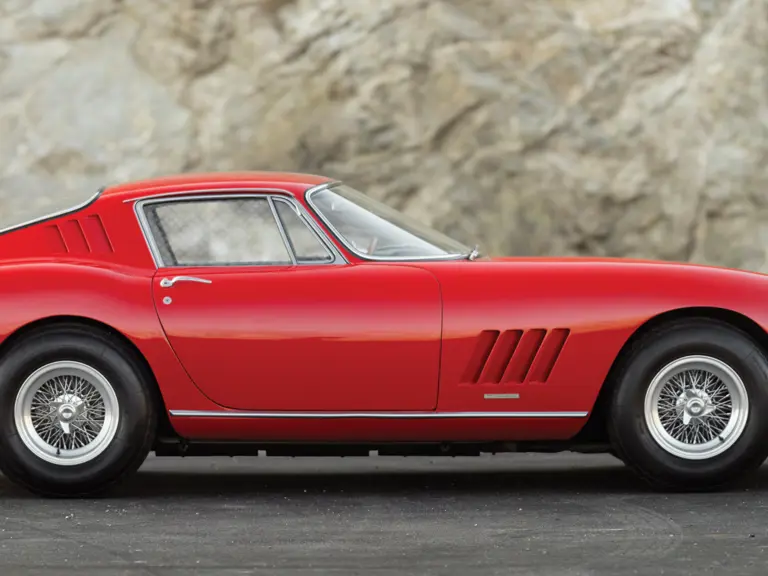
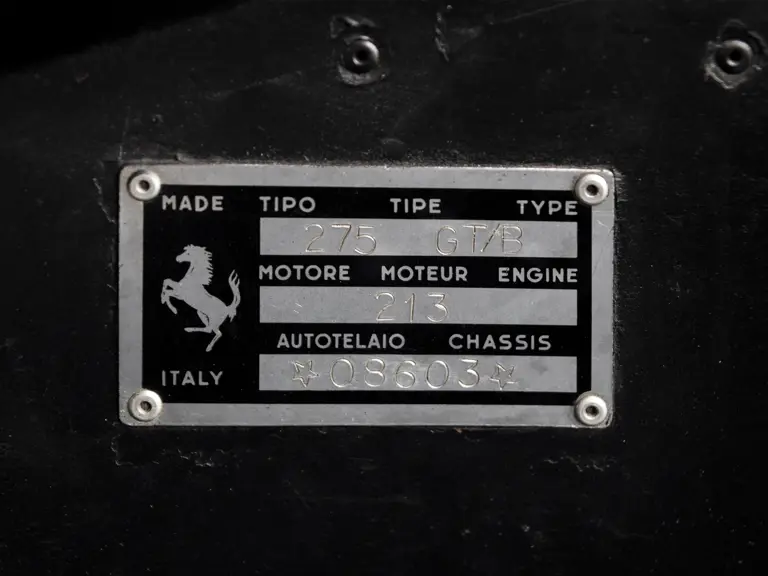
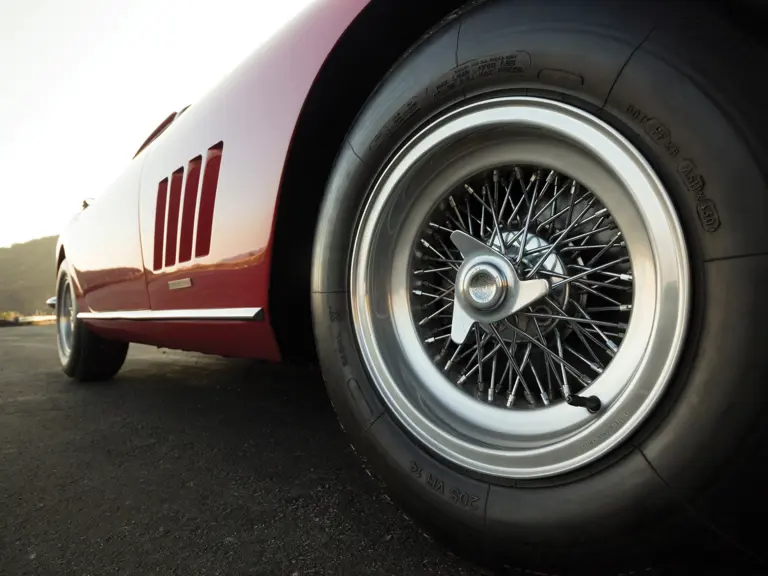
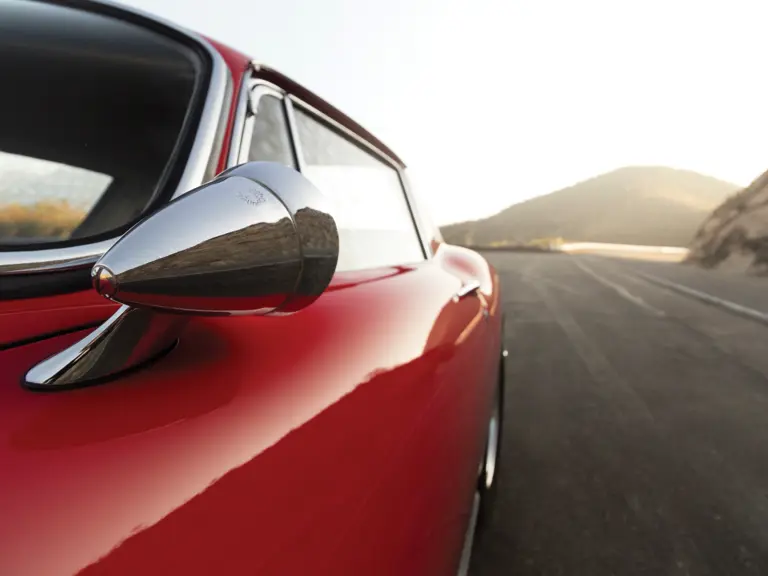

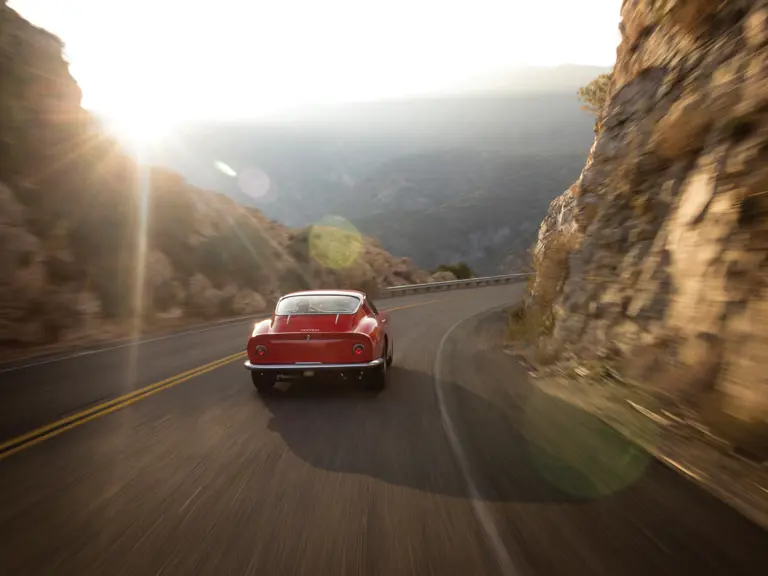


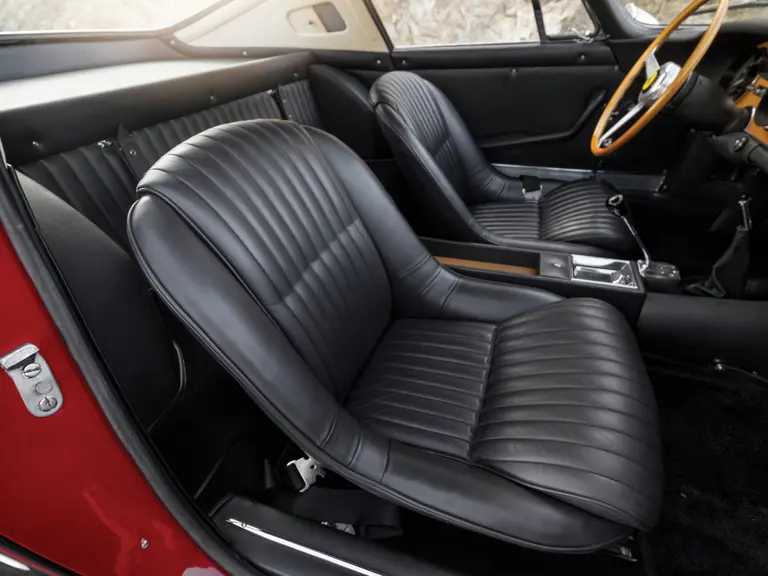

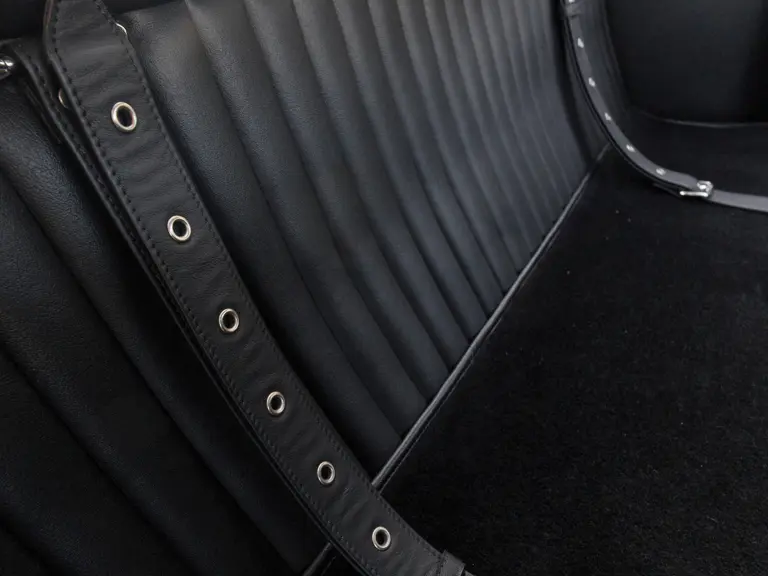


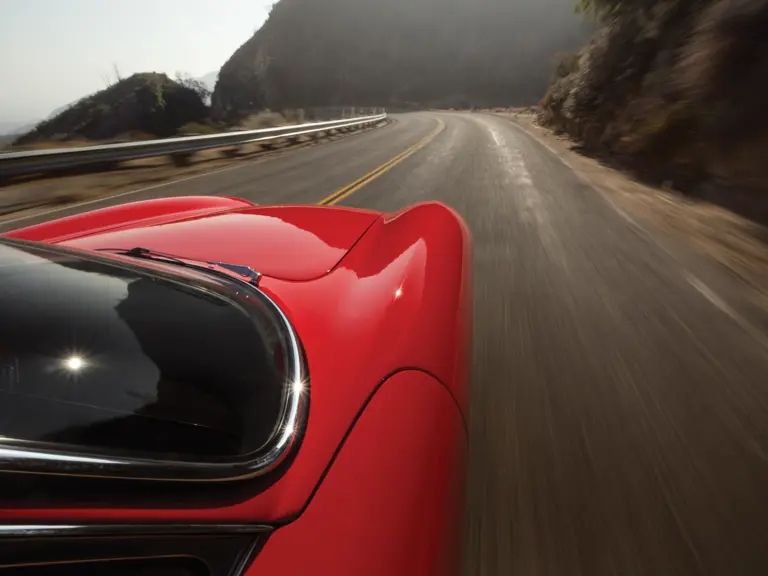
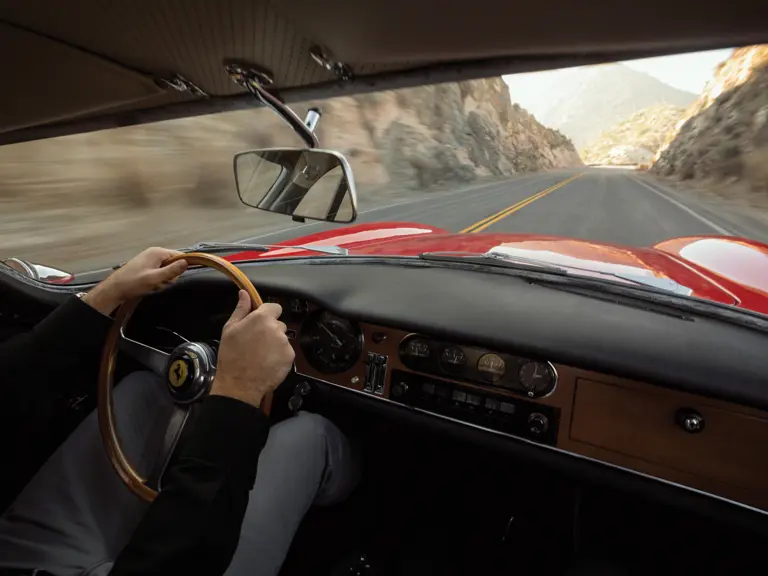

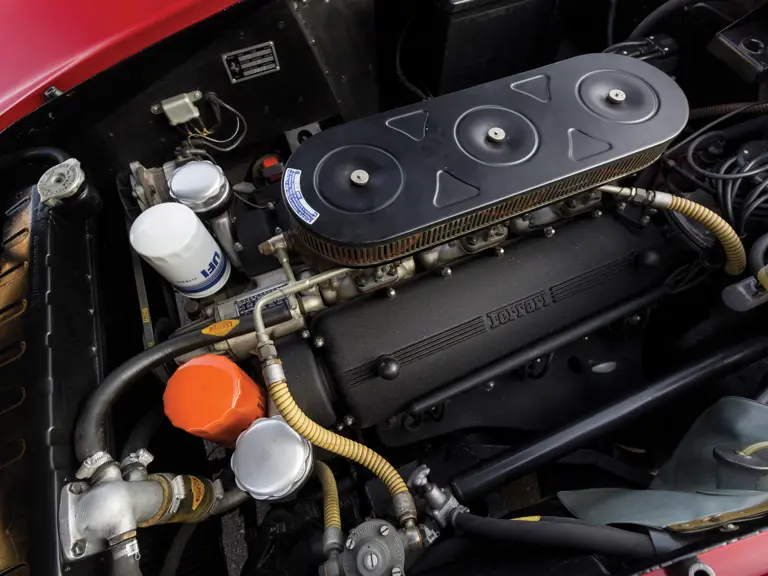
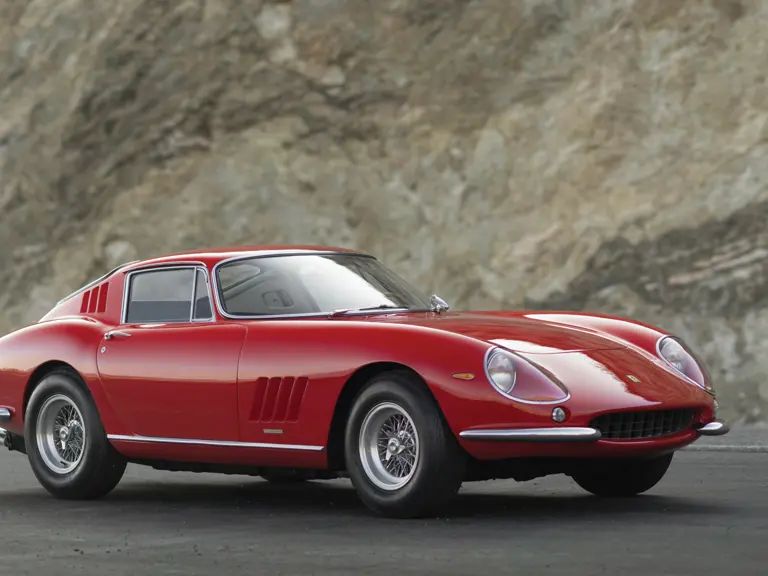
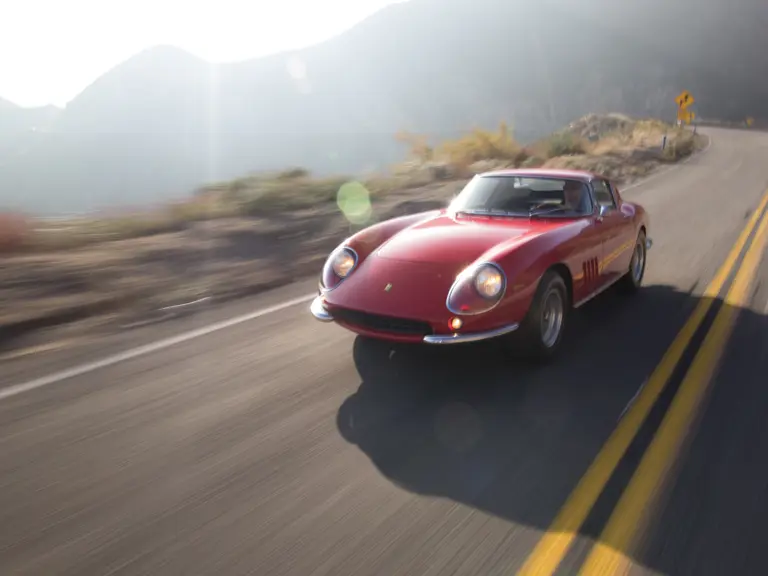

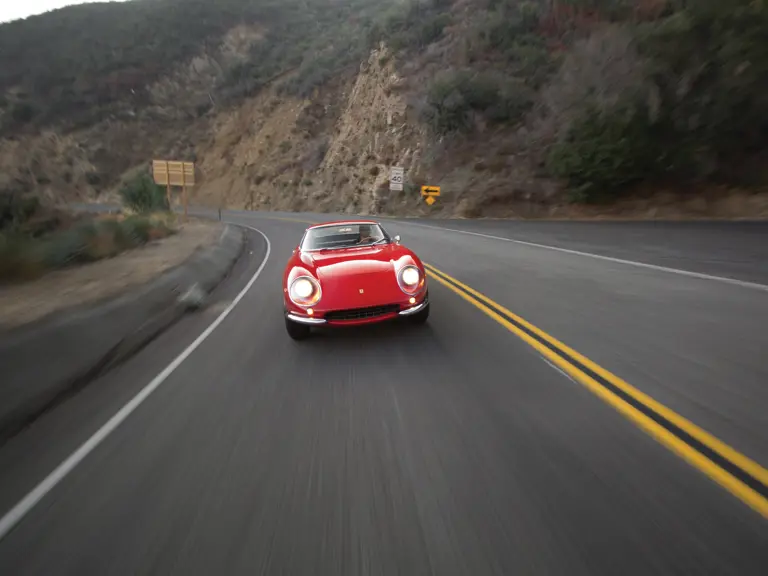
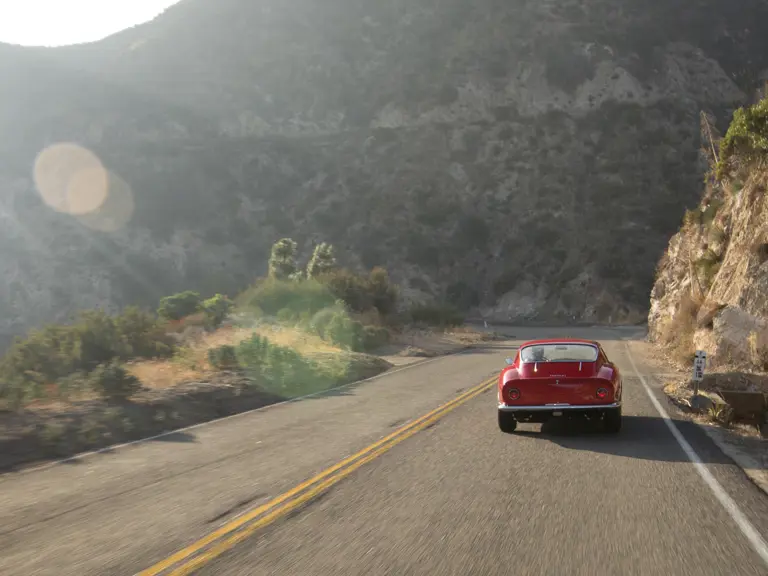
 | Phoenix, Arizona
| Phoenix, Arizona
